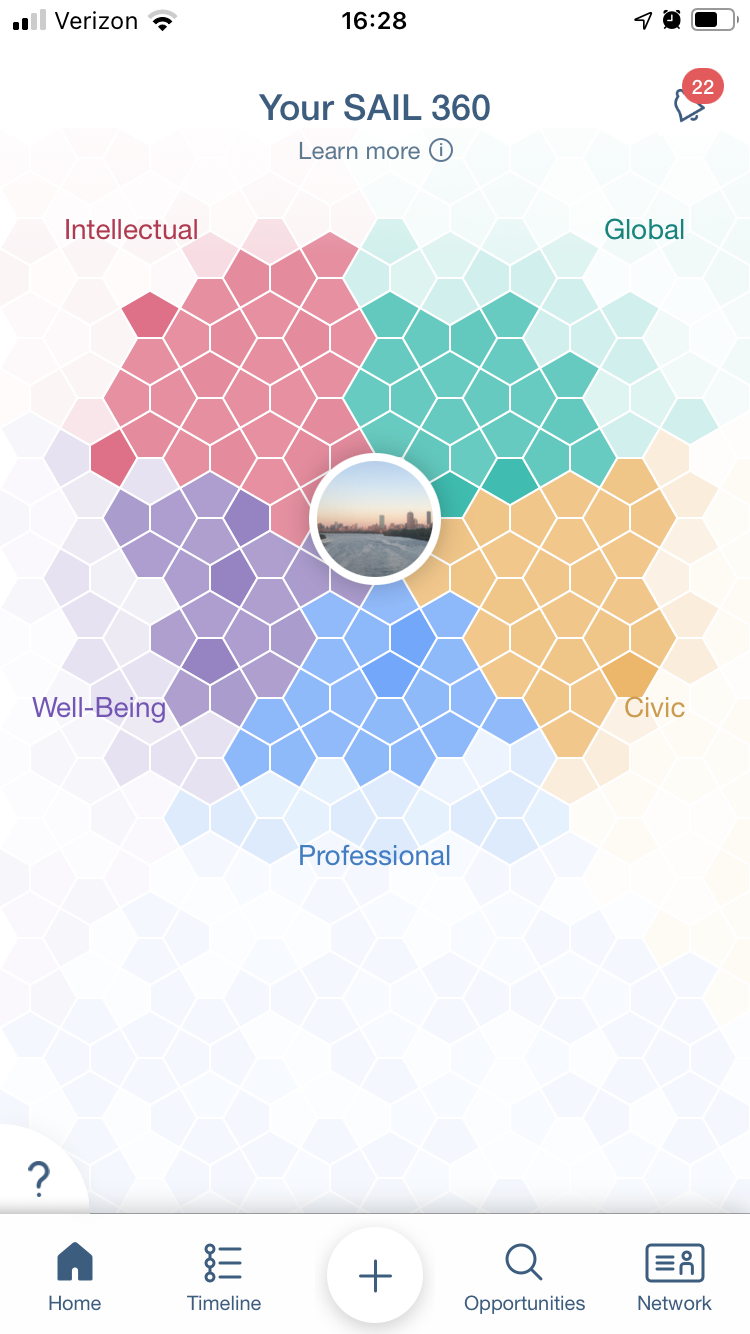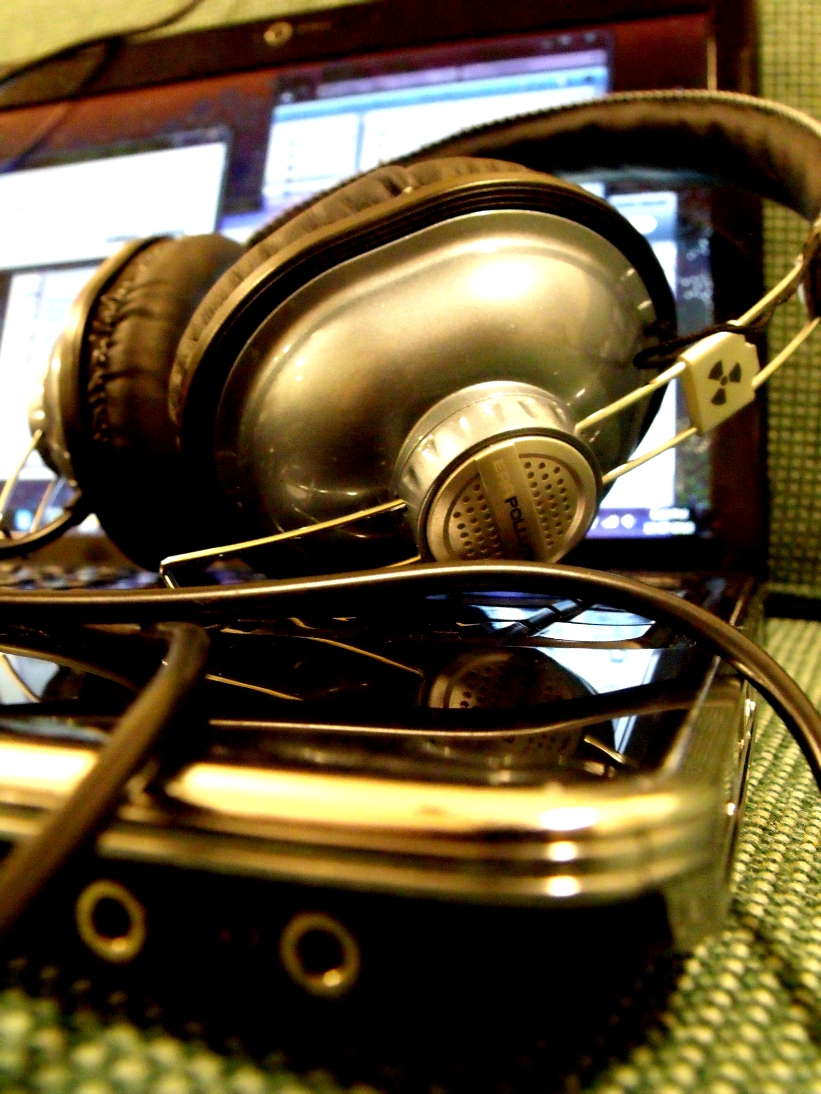Illustration by Ishita Khanna
Curiosity is the lifeblood of academia. It drives us to the classroom to learn and to the laboratory to discover.
At Northeastern, curiosity propels us beyond the boundaries of the lecture halls to develop skills in the real world. Rather than be content with academic knowledge alone, Northeastern students use six-month internships (co-ops) to apply classroom knowledge in real-world settings. Northeastern encourages us to see the world as our classroom, and students rise to the occasion. From trying a new intramural sport to engaging in a vibrant dorm-room political debate, curiosity pushes us to learn new knowledge and skills beyond the requirements of the registrar.
Northeastern’s Self-Authored Integrated Learning tool, commonly known as SAIL, is an online platform that aims to help students visualize their learning. Although its intention is laudable, SAIL is a threat to intrinsic curiosity, the bedrock of our intellectual community. SAIL might claim to help students chart a course towards lifelong learning, but it leaves students like a becalmed ship, unable to reach the destination.
From Bow to Stern: An Overview of SAIL
SAIL’s goal is “to help people become adaptable, lifelong learners, who are able to grasp concepts deeply and then apply them to new, unfamiliar contexts.” Students can log “moments” (learning experiences) and score those moments on a five-point, five-dimensional scale. The five dimensions, each given their own color, are Intellectual Agility (red), Global Mindset (green), Social Consciousness & Commitment (yellow), Professional & Personal Effectiveness (blue), and Well-Being (purple). Each dimension has an accompanying set of up to six learning objectives and nine sample skills.
Students can score each moment on a scale of one-to-five along each of the five dimensions based on how much learning took place in each area. Students can then view their SAIL profile: a mosaic-style graphic with their profile picture in the middle surrounded by colorful pentagons. The number of pentagons is determined by the quantity of moments, while the shade of each shape represents the score of the moments in each dimension. The result ends up looking like a colorful honeycomb.

Students are encouraged to log all learning moments in SAIL: classes, co-ops, extracurriculars, or even “late-night debates in a dorm room” and “meetings with strangers in Beijing.” While the creators of SAIL are right that learning happens everywhere, SAIL does not facilitate that learning. On the contrary, it threatens to undermine the curiosity that drives deep and long-lasting learning. To see why, we must turn to economics.
The Undertow: Crowding Out of Intrinsic Motivation
Economics is the study of how people choose to allocate finite resources. It can be easy to observe one’s choices, just like it’s easy to see the direction of the surface currents. But what is more difficult to discern is the undertow, the motivation for one’s choices.
Some of our motivations are intrinsic, meaning they come from our own impulses. My roommate volunteers his time serving food to those in need because he is motivated by empathy, and my classmate plays ultimate Frisbee because she is motivated by her passion for the sport.
We can contrast this type of motivation with extrinsic motivation, where the initiative comes from an external reward or punishment. When my sister spends forty hours a week at the job she detests, she is extrinsically motivated by money. And when my friend studies for a test in a class he finds boring, he is extrinsically motivated by the fear of a poor grade.
There are some behaviors society wants to encourage, such as hard work and generosity. Classic economic theory views people as rational actors. It assumes that people respond to external incentives, weighing costs and benefits methodically. A classical model suggests that incentivizing people to behave a certain way requires payment, or introducing some other kind of external reward or punishment.
However, when intrinsic motivation for a behavior already exists, introducing an extrinsic motivator can actually lead to a decrease in that behavior. Extrinsic motivators do not produce lasting behavioral change and can “crowd out” intrinsic motivators over time. In classical economic theory, “crowding out” refers to government spending taking the place of private commerce in the market. In behavioral economics, it refers to extrinsic motivators taking the place of intrinsic motivators.
This is particularly noticeable in education. Intrinsic motivation to learn leads to better “determination, originality, and performance” in the classroom than does extrinsic motivation. Teachers and parents who use prizes to get students to learn find that the motivational effect wears off over time, eventually crowding out the intrinsic motivation to learn. Once the prizes stop, students’ intrinsic motivation to learn is weaker than it was before the prizes.
The crowding out effect is not limited to education. Blood donors are intrinsically motivated by the desire to provide a life-saving resource to others. But when donors are paid, that powerful intrinsic motivation is crowded out by a weaker extrinsic motivation for money. Donations plummet.
Importantly for our discussion of SAIL, crowding out also occurs in the case of extrinsic penalties, not just rewards. At an Israeli day care, parents were rarely late to pick up their children despite a lack of punishment for tardiness, indicating intrinsic motivation to collect their kids on time. Parents understood that their tardiness was unfair to the teachers who would have to look after the kids longer. When the daycare instituted a fine for every ten minutes of tardiness, however, parents actually became twice as likely to arrive late. They viewed the fee as an exchange of money for extra time, changing their perception of being late from a consideration of fairness to a simple cost–benefit analysis.
At the Helm: SAIL and the Crowding Out of Motivation
SAIL is a threat to intrinsic motivation at Northeastern, particularly to internal curiosity. To see why, we must examine its voluntary and compulsory use.
In the rare event that SAIL is used voluntarily, a student would seek out learning experiences that would supplement their profile. Imagine a student named Marina, who is intrinsically motivated to learn. If Marina chooses to use SAIL, her motivations for learning change. Rather than attending a lecture only because it is interesting, Marina now attends lectures to bolster the red Intellectual Agility dimension on her profile. Her intrinsic curiosity becomes crowded out by the extrinsic motivation of growing her colorful honeycomb on the SAIL app.
It is far more likely that a student would use SAIL out of necessity. Already, some students have been forced to use SAIL for the Honors or Explore Programs, and some professors have graded students on their use of it. In these cases, SAIL is not used to obtain an extrinsic reward, but to avoid the extrinsic punishment of poor grades.
Imagine a student, Tristan, who is graded on his use of SAIL for one of his courses. Before taking this course, Tristan chose his extracurricular activities to satisfy his internal curiosity. He played intramural broomball because he has a passion for sports and was curious to try running on slippery ice in regular shoes.
Now that he is in a course that grades him on the use of SAIL, he chooses his extracurricular activities based on his SAIL profile. He will no longer choose to play intramurals because of passion and curiosity, but because it will supplement his purple Well-Being dimension. Tristan may still have a passion for and curiosity about sports, but that intrinsic motivation is diminished. The fear of the extrinsic punishment of a bad grade undermines Tristan’s intrinsic motivation in choosing his extracurricular pursuits. Curiosity is crowded out.
It is through this crowding out that SAIL threatens to weather away the bedrock of campus life. Passion, empathy, curiosity—SAIL pushes these intrinsic motivators aside in favor of pretty graphics and artificial visualization of learning. It turns extrinsic motivators into privateers, allowing them to grab the helm of our personal intellectual journeys.
Abandon Ship
The creators of SAIL are correct that learning happens everywhere, but it is dangerous to convert knowledge and experience into a simple visualization. The creators of SAIL want us to enter late-night debates with friends and meetings with strangers as moments—they have even sent emails to COVID-19-exposed students asking them to log their quarantine on SAIL.
SAIL reduces life’s learning experiences to colorful mosaic tiles. It would have us replace living life for logging life, viewing everything in a dystopian five-point, five-dimensional framework. That’s not education; it’s a Black Mirror episode.
This obsession with quantification is anathema to genuine learning; it is hostile to intrinsic curiosity, the lifeblood of our intellectual community. SAIL might claim to facilitate learning, but it navigates under a false flag. It is time to abandon ship.



